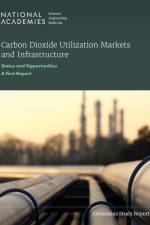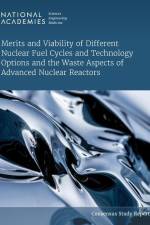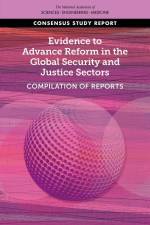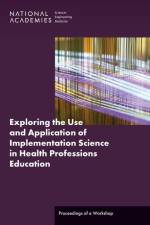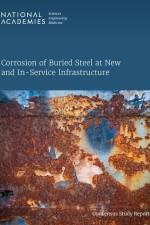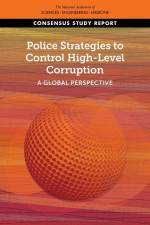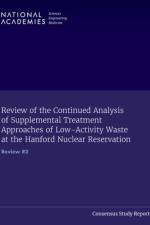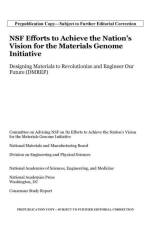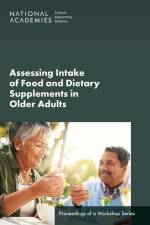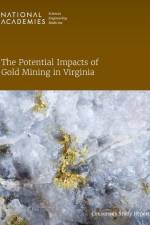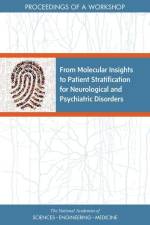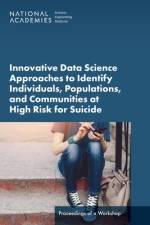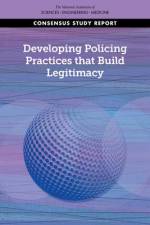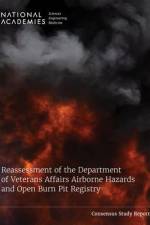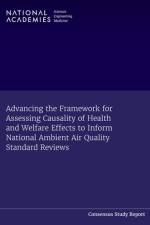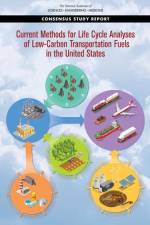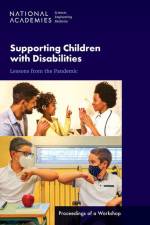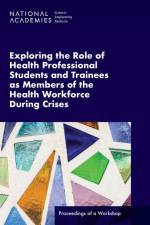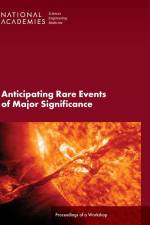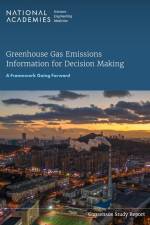av National Academies Of Sciences Engineeri
341
Steel is a common component of U.S. infrastructure, but that steel can corrode when buried in soil, rock, or fill. Steel corrosion is estimated to cost the United States 3-4 percent of its gross domestic product every year, and it can lead to infrastructure failure, loss of lives, property, disruption of energy and transportation systems, and damage to the environment. Although the mechanisms of steel corrosion are well understood, limited data on subsurface corrosion and the inability to measure corrosivity directly make accurate corrosion prediction through modeling a challenge. When hazardous levels of corrosion does occur, it is difficult to determine whether the cause was related to site selection, engineering decisions, changes in subsurface conditions, or a combination of these factors. This report explores the state of knowledge and technical issues regarding the corrosion of steel used for earth applications (e.g., for ground stabilization, pipelines, and infrastructure foundations) in unconsolidated earth or rock in different geologic settings. The report summarizes mechanisms of steel corrosion, assesses the state of practice for characterizing factors in the subsurface environment that influence corrosion and corrosion rates, and assesses the efficacy and uncertainties associated with quantitative, field, and laboratory methods for predicting corrosion. The industries and experts most involved with managing buried steel should collaborate to improve multidisciplinary understanding of the processes that drive buried steel corrosion. Developing a common lexicon related to buried steel corrosion, generating new data on corrosion through collaborative long-term experiments, sharing and managing data, and developing new data analytical techniques to inform infrastructure design, construction, and management decisions are key. Industries, experts, and regulators should collaboratively develop decision support systems that guide site characterization and help manage risk. These systems and new data should undergird a common clearinghouse for data on corrosion of buried steel, which will ultimately inform better and more efficient management of buried steel infrastructure, and protect safety and the environment.

